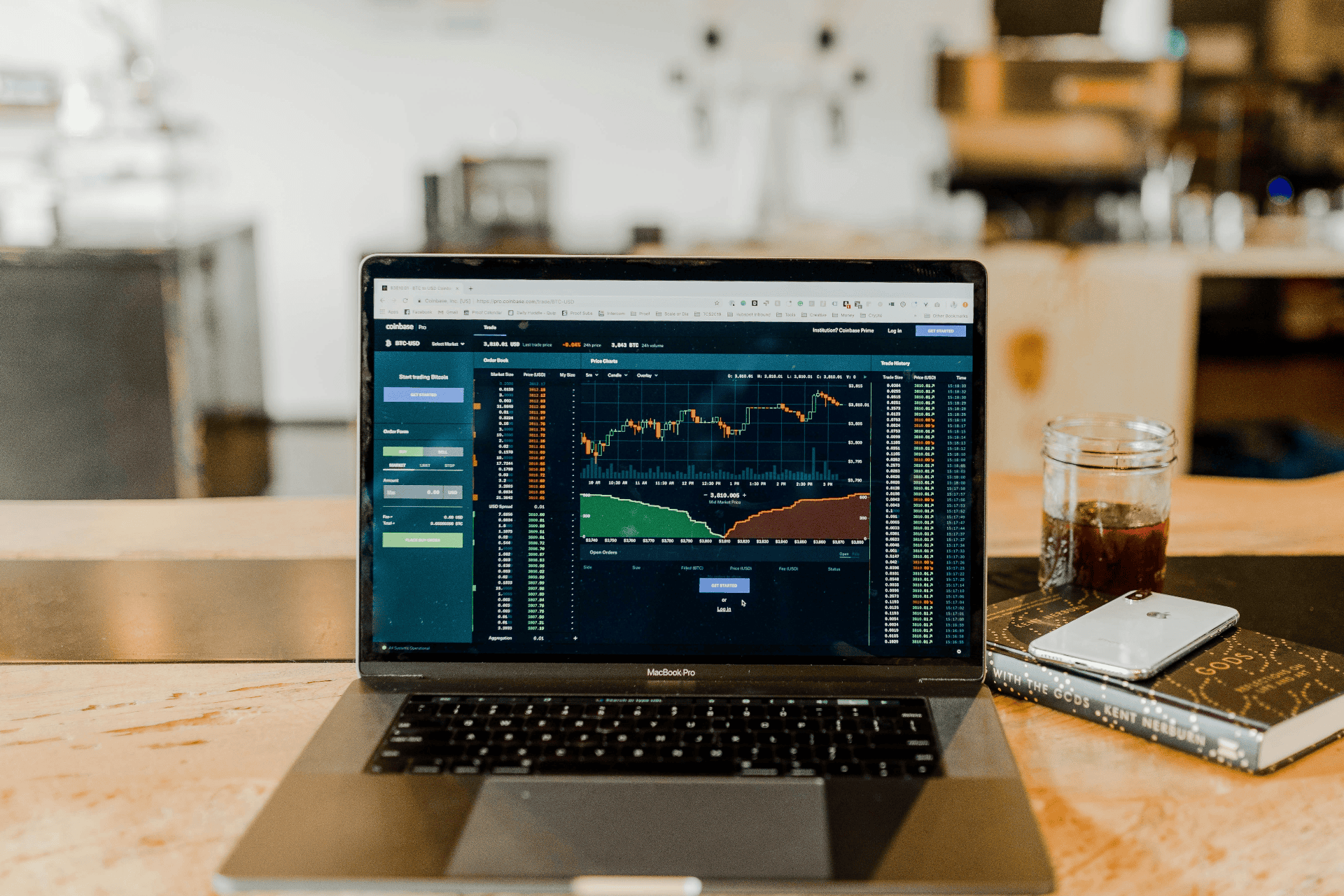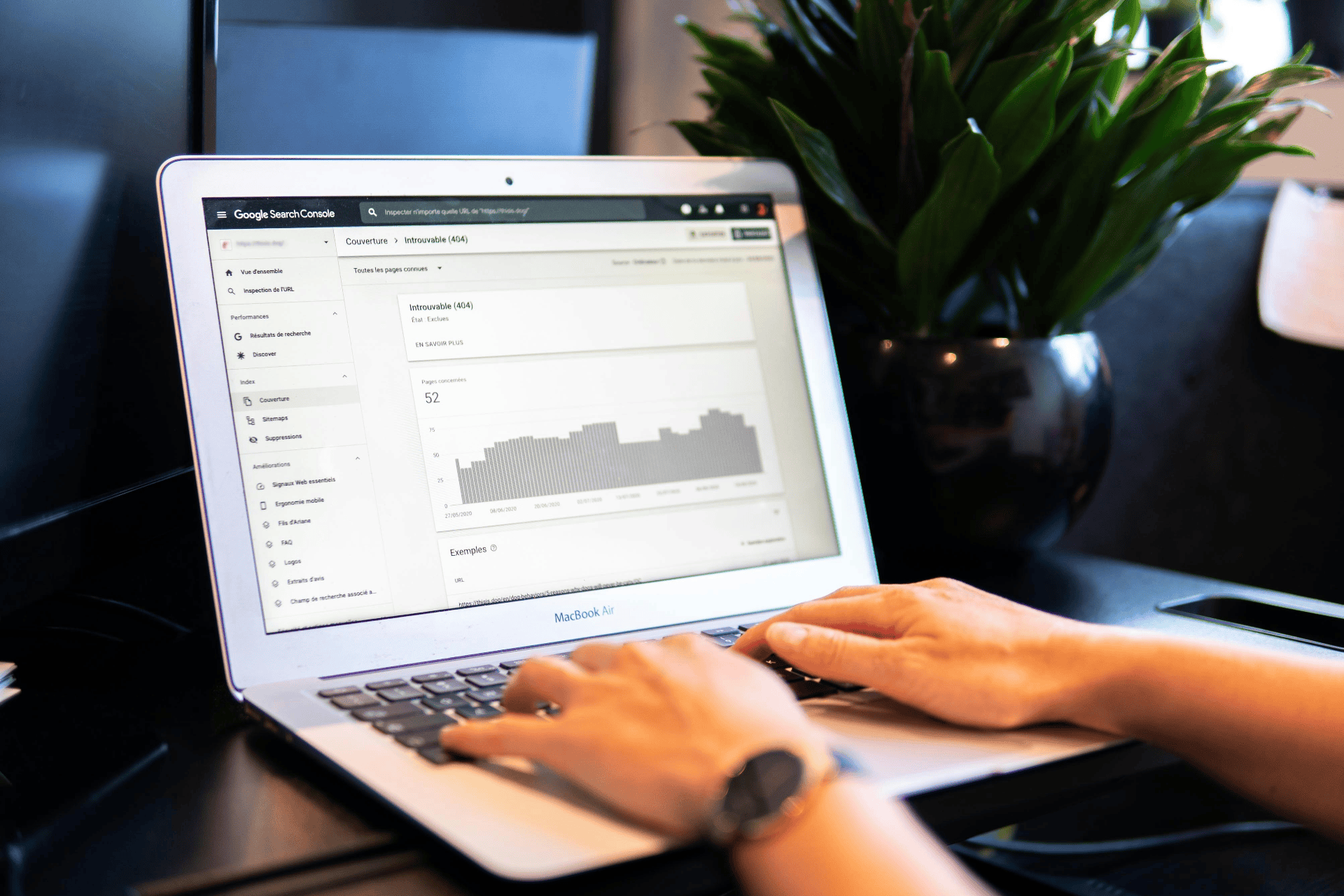Technological advancements have reshaped the landscape of export market intelligence, with tools like big data, AI, ML, and social listening platforms proving to be game-changers. Combined with traditional resources such as government information, industry associations, and networking events, businesses are now better equipped to make informed decisions. The utilization of these technologies and resources is indispensable for successful international business in today's dynamic global market.
With an increasingly globalized business environment, intelligence about export markets is more critical than ever. Fortunately, with the advent of technology and various resources, gaining this intelligence has become far more accessible for businesses across the globe.
At the forefront of this development is big data technology, making the process of gathering, analyzing, and interpreting market information more straightforward and efficient. Businesses can leverage this technology to draw insights from complex data sets, understand market trends, customer behaviors, and competitive landscape. Tools such as Google Trends, SEMRush, and Ahrefs offer detailed insights into online behaviors, while platforms like Databox facilitate data integration and visualization for comprehensive insights.
Artificial intelligence (AI) and machine learning (ML) algorithms are also transforming the way businesses gather and process market intelligence. Predictive analytics software powered by AI and ML can forecast market trends and consumer behaviors with unprecedented accuracy, helping companies prepare for future opportunities or threats. Examples of such tools include IBM's Predictive Analytics, SAS Advanced Analytics, and RapidMiner.
Moreover, social listening tools like Brandwatch, Mention, and Hootsuite give companies insights into public opinion and conversations around their brand or their industry. These platforms use AI to analyze social media posts, blogs, and other digital content, enabling businesses to gauge consumer sentiment and detect emerging trends in real time.
Subscription databases such as Statista, MarketResearch.com, and IBISWorld are further resources for robust export market intelligence. These platforms provide access to a wealth of industry reports, market research, statistics, and trend analyses that can aid in decision-making.
However, it's crucial to supplement these technological solutions with government resources, industry associations, and networking. Export.gov, a U.S. government resource, provides valuable market intelligence, including country-specific data, industry overviews, and export guides. Similarly, resources like Chamber of Commerce directories and industry-specific associations offer information about potential partners, competitors, and market dynamics.
Trade shows and networking events, albeit traditional, are still invaluable for gathering on-the-ground intelligence. They provide opportunities to gain firsthand information about market trends, competition, and potential partners. Despite the digital revolution, the interpersonal connections made at these events continue to play a significant role in international business.
While these tools and resources provide a wealth of information, the key to successful decision-making lies in strategic and insightful interpretation of this data. It requires a balance of understanding the qualitative nuances of a market and quantitative analyses.
Related Information



















































